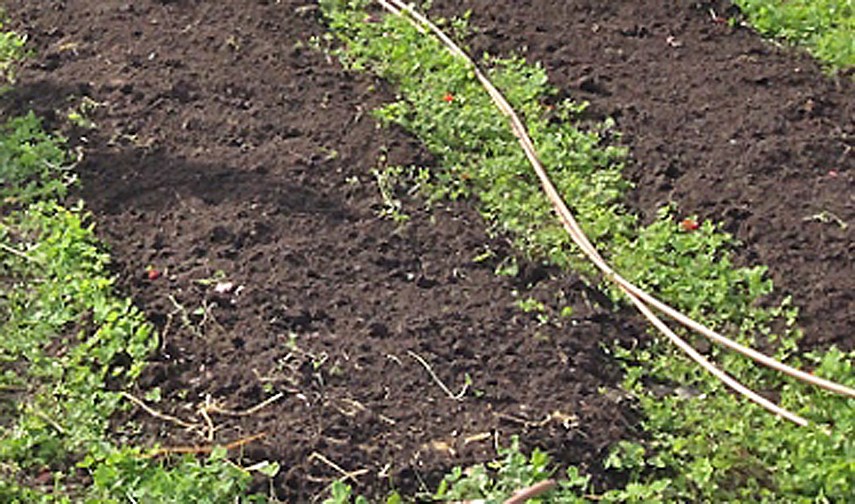It has recently come to my attention that the local hardware superstores are selling recycled tire nuggets for landscape mulch.
I had no idea this was a thing! Very clever idea to package up toxic garbage, put it in a plastic bag with a fancy picture on the front and get money for it. I remember one year when New York City was having a garbage strike, people were putting garbage in shopping bags and suitcases and waiting for people to steal it. Good trick!
In case you are considering purchasing this stuff and spreading it around, you may want to do some research. It is advertised as being a “permanent mulch.” Wrong – many types of bacteria can use rubber as their sole energy source, breaking it down over time. As well, it doesn’t do as good a job for any traditional uses of mulch as wood-based products like wood chips and sawdust.
There is a very long list of harmful minerals in rubber, the worst being zinc, which is found in very high levels in tires. Zinc makes up approximately 38 per cent of the ash of burnt tires. These minerals will leach into the water table, and from there, can kill entire aquatic ecosystems. The toxic consequences are accelerated in our acidic soil, as the compounds are more available for uptake in plants and aquatic life.
Rubber is extremely flammable, and if ignited is a very difficult fire to extinguish. As we heat the planet more and more, and are exposed to more fire risk each year, do you really want to spread something around your property that is quick to ignite and hard to extinguish? Then there are the polyaromatic hydrocarbons, or PAHs, that are added to strengthen the rubber, but can cause allergic contact dermatitis and have been identified bye the World Health Organization as being a probable carcinogen. In a typical 10--kilogram tire, there is .68 kg of steel cord. Some of these metal shards are still present in the mulch and can easily puncture the skin. Then there are .9 kg of nylon, polyester and steel bead wire. Another 2.2 kg will be carbon black, formed by incomplete combustion of heavy petroleum products and deemed as possibly carcinogenic to humans by the International Agency for Research on Cancer. I still have some old black rubber soaker hoses laying around the garden, long since obsolete due to their fast degradation. I guess that will be my garden project tomorrow, getting that toxic garbage out of the garden.
Advertised as 100 per cent rubber, it sounds pretty good, right? Conjuring up images of sap dripping out of a rubber tree, becoming little nuggets which, you carry home to your garden or playground area. Sort of akin to selling mopped up bitumen from pipeline spills to pour on your garden to prevent weed growth. I can see the ad copy now: “Spread this nectar from the Earth on your garden to prevent weeds.” Not only are companies not being responsible for cleaning up their mess, they want you to pay them to take it to your house!
If you want to do some research, Washington State University has a page called Horticultural Myths (puyallup.wsu.edu/lcs/), where Linda Chalker-Scott, a respected faculty member who I have heard speak several times, explores these myths using science-based evidence.
Heather Schamehorn is a certified residential landscape designer, educator, sustainability advocate and acupressure therapist. Contact perennialpleasures.ca.



